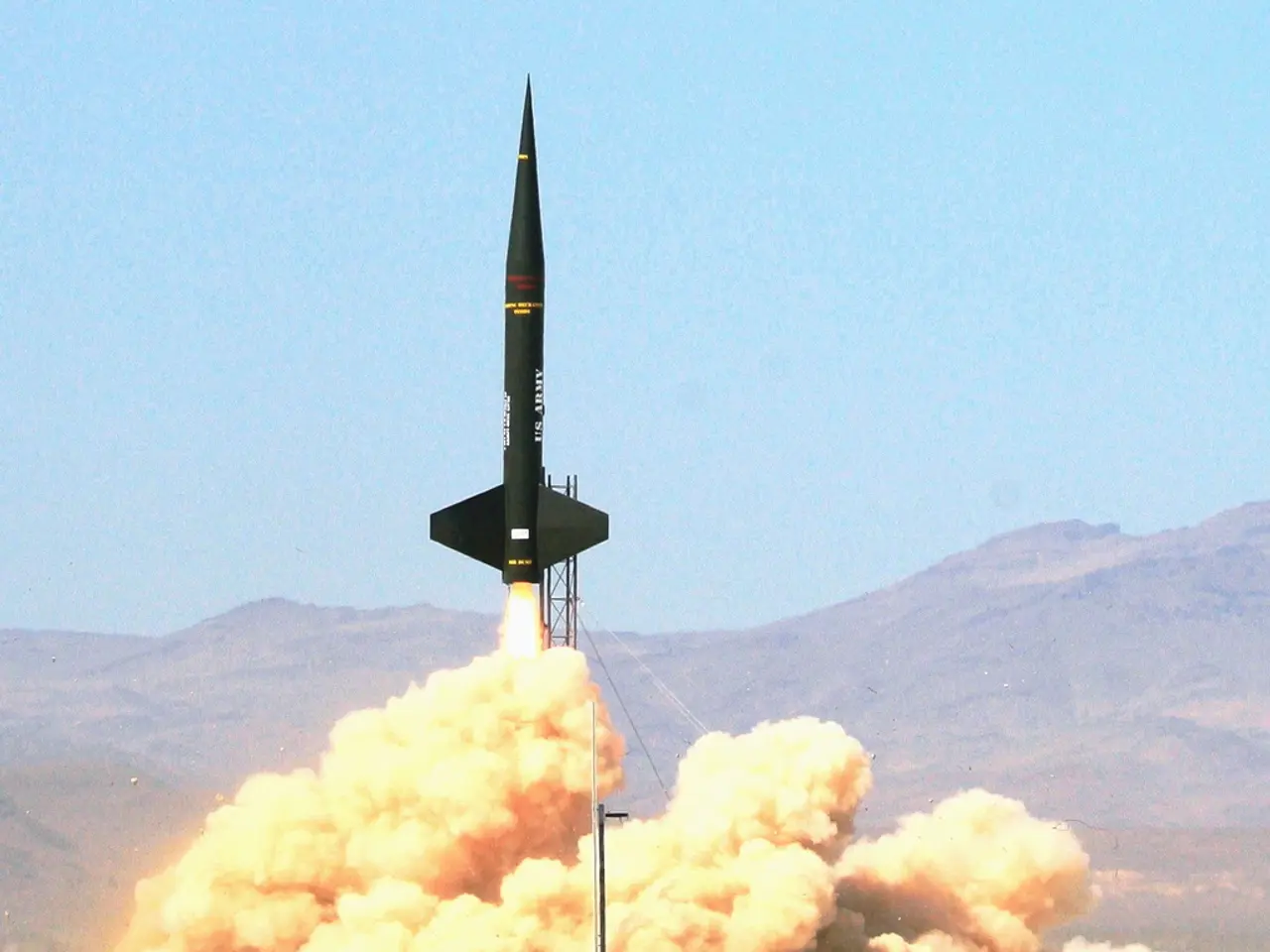A celestial body experienced not one, but two explosions, shedding light on the most significant detonations in the cosmos.
In a groundbreaking discovery, astronomers have observed visual evidence of a double explosion in the star remnant SNR 0509-67.5, challenging the classical understanding of Type Ia supernovae. This revelation, made possible through the use of the Multi Unit Spectroscopic Explorer (MUSE) on ESO’s Very Large Telescope (VLT), provides strong observational proof that the double-detonation mechanism does indeed occur in nature.
Type Ia supernovae are explosive deaths of white dwarfs that have burned out their fuel. In the traditional model, a white dwarf in a binary system steadily accretes material from its companion star until it hits the Chandrasekhar mass limit (~1.4 solar masses), triggering a single explosive thermonuclear detonation. However, the double-detonation model suggests that before reaching this critical mass, the white dwarf accumulates a helium layer from its companion. This helium layer can become unstable and ignite first, creating a shockwave that races inward and triggers a second, more powerful core explosion.
The key evidence for this double-detonation model comes from the detailed observations of SNR 0509-67.5. The astronomers detected two separate calcium-rich shells surrounding the remnant, a finding that matches theoretical predictions of double detonation models. The morphology of these shells, appearing blue in the images, suggests that Type Ia supernovae can undergo a double explosion before reaching critical mass.
Ivo Seitenzahl, who led the observations, stated, "This is a clear indication that white dwarfs can explode well before they reach the famous Chandrasekhar mass limit, and that the double-detonation mechanism does indeed occur in nature."
This discovery has significant implications. It marks the first direct visual evidence of a white dwarf undergoing a double explosion before reaching critical mass, challenging the classical understanding that Type Ia supernovae always explode at the Chandrasekhar limit. Understanding how these double detonations occur helps explain the consistent brightness of Type Ia supernovae, which are crucial cosmological "standard candles" used to measure distances and the expansion of the universe.
Moreover, this finding sheds light on the production of elements like calcium and iron in the cosmos, as Type Ia supernovae are the primary source of iron. The double detonation process creates a pattern or fingerprint in the supernova remnant, which includes two separate shells of calcium.
This discovery offers a visual spectacle and contributes towards solving a long-standing mystery in astrophysics. Much of our knowledge of the Universe's expansion depends on Type Ia supernovae, and this new understanding will undoubtedly deepen our comprehension of these crucial cosmic events.
- The double-detonation model in Type Ia supernovae, once considered theoretical, now has visual evidence in the star remnant SNR 0509-67.5, thanks to the scientific advancements in space-and-astronomy.
- The observed double explosion in a white dwarf before reaching critical mass could potentially revolutionize the health-and-wellness of our understanding of the universe's expansion, given Type Ia supernovae's role as "standard candles" in measuring distances and the universe's expansion.
- The visual evidence of calcium-rich shells surrounding the supernova remnant, a finding that matches the double-detonation models, underscores the significance of research in environmental-science and astrophysics, as it highlights the production of essential elements like calcium and iron in the cosmos.
- This groundbreaking discovery in astronomy not only deepens our knowledge of the universe but also offers an intriguing spectacle, further fueling our curiosity about the mysteries of the cosmos and the universe at large.




